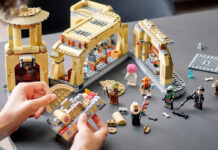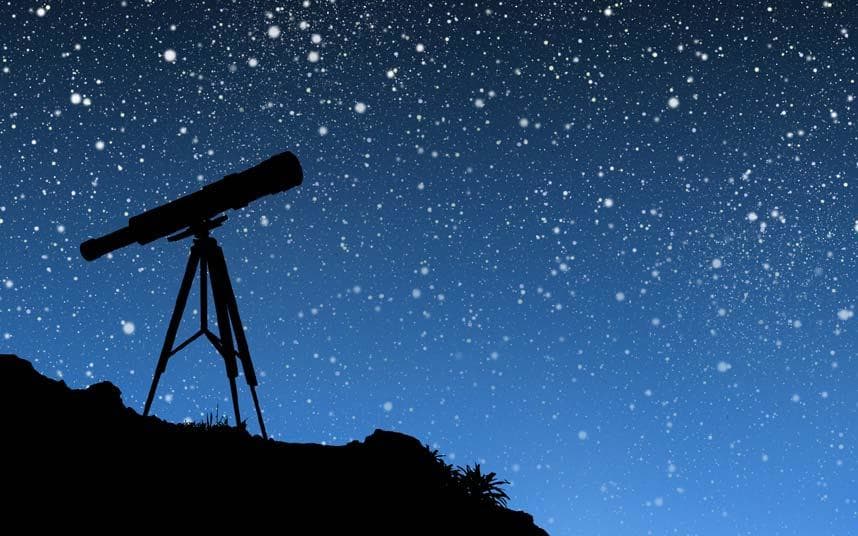 Look! Up in the sky. It’s a bird. It’s a plane… no, it’s not Superman, silly… it’s the stars, and now that the skies are getting clearer for the spring and summer season, it is also the ideal time to start getting into astronomy. Sure, you could just stand outside on a nice evening and stare up at the heavens, but we’re evolved humans, and have tons of technology (i.e., telescopes) to aid in our astral aspirations. So, get out your maps of the constellations, because I’m going to tell you about the essential gear you’ll need for a night watching the stars.
Look! Up in the sky. It’s a bird. It’s a plane… no, it’s not Superman, silly… it’s the stars, and now that the skies are getting clearer for the spring and summer season, it is also the ideal time to start getting into astronomy. Sure, you could just stand outside on a nice evening and stare up at the heavens, but we’re evolved humans, and have tons of technology (i.e., telescopes) to aid in our astral aspirations. So, get out your maps of the constellations, because I’m going to tell you about the essential gear you’ll need for a night watching the stars.
Invest in a good telescope
Unless – like Superman – you have some sort of super-powered vision, you’ll need a telescope with which to scan the heavens for stars, comets, planets and such. If you’ve not spent a lot of time around telescopes, or astronomy in general, you may find it a bit daunting to choose something that suits your needs. But, don’t worry. I can give you a few pointers, at least.
Reflector versus Refractor Telescopes
If you are a novice to astronomy, the basic lesson is there are reflector and refractor type telescopes. Without going into terribly boring details, a refractor telescope will essentially be lighter and easier to maintain, however a reflector telescope is widely considered to be better for astronomy – or looking at the stars. That’s because reflector telescopes use mirrors to reflect the images from space back to your eye. Think mirror, and think reflect. Reflectors. With these types, light bounces off a mirrored bowl in the telescope and is reflected through the eyepiece and into your eye. This allows you to have a big aperture, and when you are talking telescopes… bigger aperture is definitely better. The big advantage of reflectors is that you can get yourself a huge telescope for a lot less money than you think. And a lot less than a similarly sized refractor.
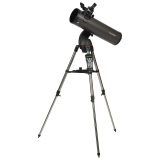
Refractors, on the other hand, use lenses to gather light and project it back to the eyepiece, where the image is magnified to your eye. So refractors bend the light. They are also smaller, and more portable, however more widely used for daytime stuff like bird watching or to take camping. The only drawback to a reflector telescope, is that since it is a mirror image you are seeing through the scope, you’re essentially seeing the thing upside-down. But, it is space, after all, so there really is no “up” or “down.” Also, apparently nobody can hear you scream…but I’m not sure how they tested that particular theory. Maybe someone flushed the toilet on the space shuttle while an astronaut was in the shower. Who knows?
Reflector Telescope Options for Star-Gazing
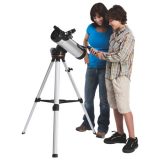
There are a whole schwack of telescopes out there from which to choose, and it is indeed a bit of a challenge to narrow down a selection to just a few. However, for star-gazing this year, I can certainly suggest the Celestron NexStar SLT 130 x 650mm Newtonian Reflector Telescope for starters. It is easy-to-set-up (requiring no tools) and it enables you to view some of the faintest comets and stars in the heavens, thanks to a 130mm diameter aperture. It’s also computerized, and comes with SkyX First Light Edition astronomy software, featuring a database of 10,000 objects, printable sky maps, and 75 enhanced images. The same respected company offers the Celestron 114 x 1000mm Reflector Telescope, which also automatically locates thousands of celestial objects with its motorized system and sophisticated onboard computer. Finally, the Meade Polaris 130mm Reflecting Telescope has a huge aperture so it produces bright images and includes three different eyepieces that offer varying degrees of magnification. Any of these three telescopes would be ideal for starting you on your astronomy hobby.
Gear for your Telescope
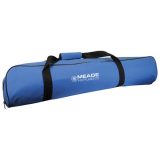
There are a few things you’ll need to make your night of star-gazing with a telescope easier. The most important thing you’ll need is a good mount. The three telescopes I mentioned above do come with mounts, which is awesome. However, if you buy a telescope that doesn’t include one, you’ll want to make sure you invest in a good mount. If you have a lower quality mount, you risk having your telescope sway in the wind, and then you have to re-find, re-focus and start all over again. And unless you plan on only setting your scope up on your deck or in your back yard, you’ll need some way to lug your stuff around to those sweet locations away from the city where you’ll see the stars much brighter. So, you’ll definitely need something like the Meade Polaris 127/130 Telescope Carry Bag. It’s padded, and can carry your whole setup easily, along with an accessory or two.

Those accessories could include items such as the Celestron AstroMaster Accessory Kit, offering two 1.25″ eyepieces, a 2x Barlow lens, three filters, a cleaning cloth, and a case. The kit is designed to work with the Celestron AstroMaster scope, however it is also compatible with most telescopes. The extra eyepieces and filters serve to expand your magnification options and allow you to see more details of planets and the moon. And, if you plan on taking pictures of those celestial bodies, too, then you will need something like the Celestron Canon EOS Camera T-Ring, so you can attach your Canon camera to your scope. The T-Rings are available for other brands of camera, as well. If you’d like to learn more about astrophotography, you can check out another telescope blog I wrote recently on taking pics of the night sky.
So, are you ready to enjoy a night gazing up at the stars? Do you have gear already, or are you going to pick something up this year and finally start your astronomy hobby? Let me know your plans in the comment section below.
Best Buy has many telescope options that will bring the stars closer to your home.


